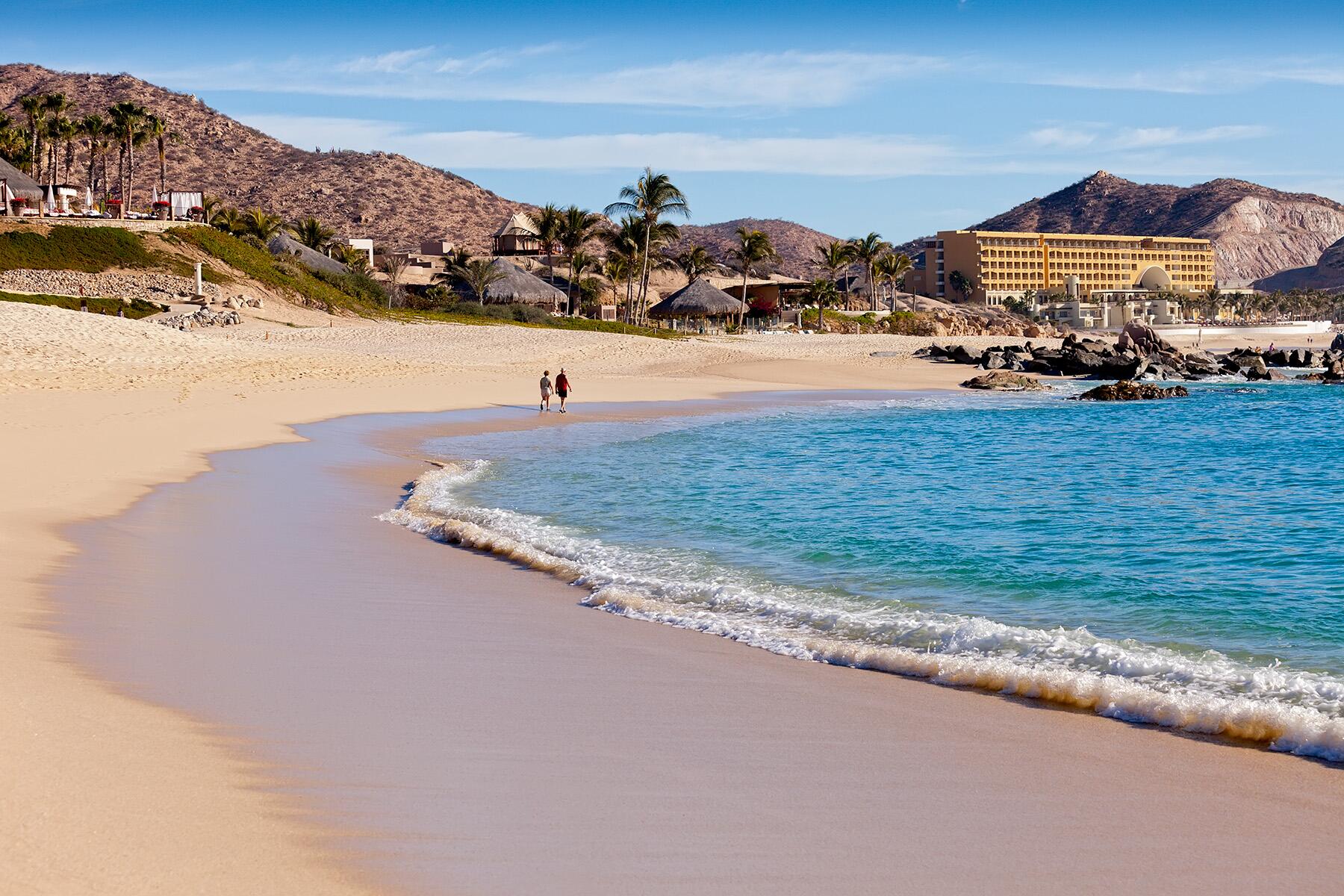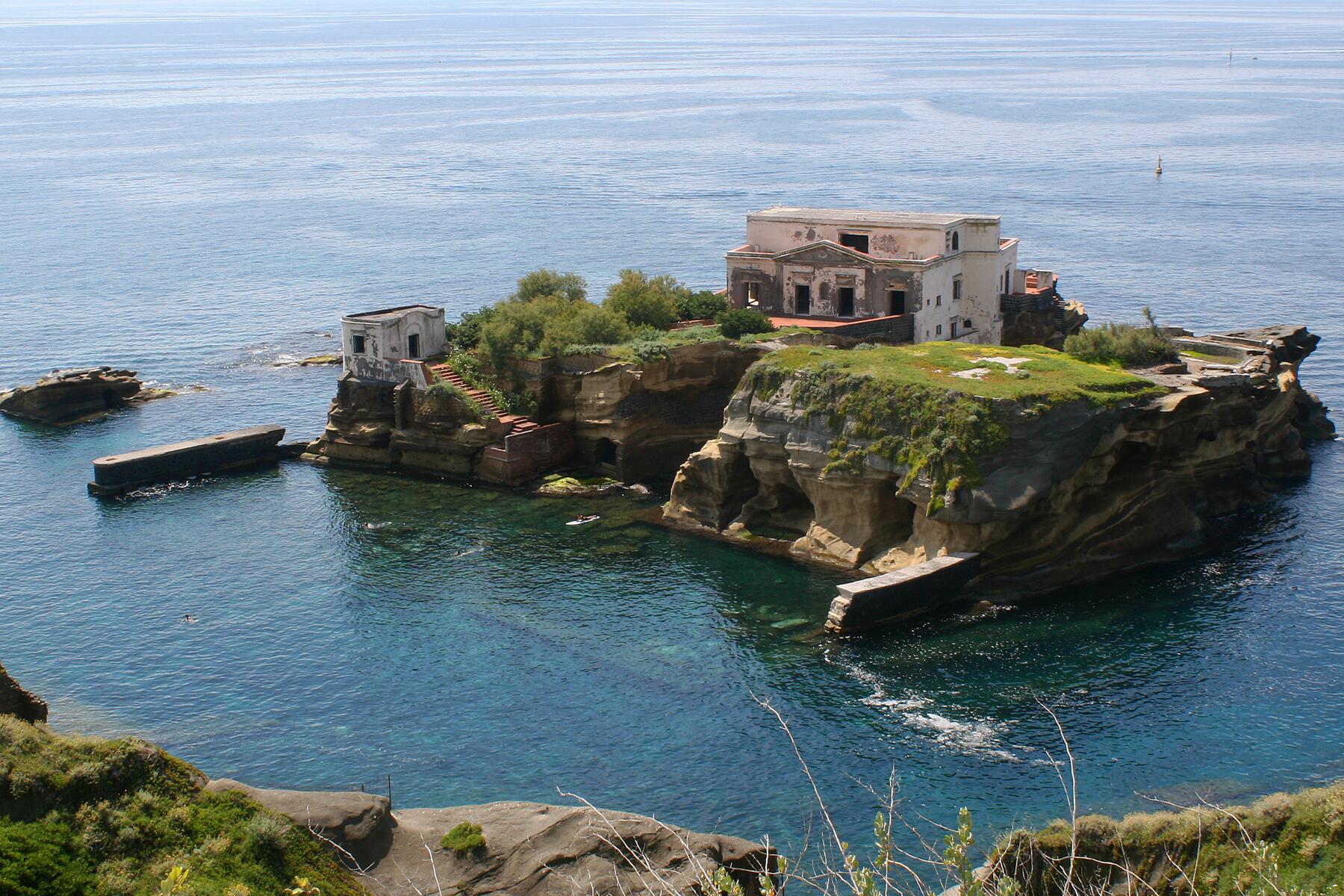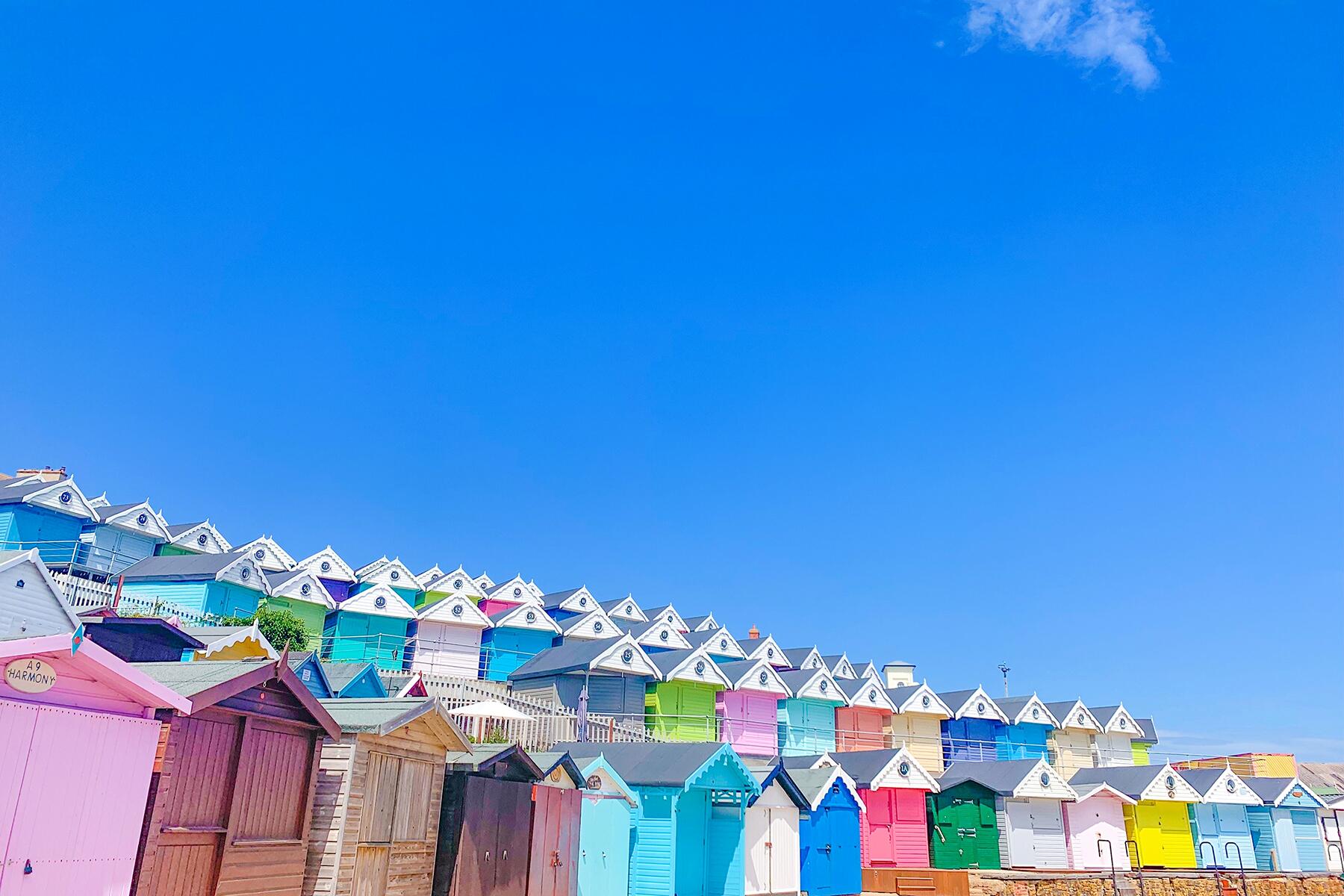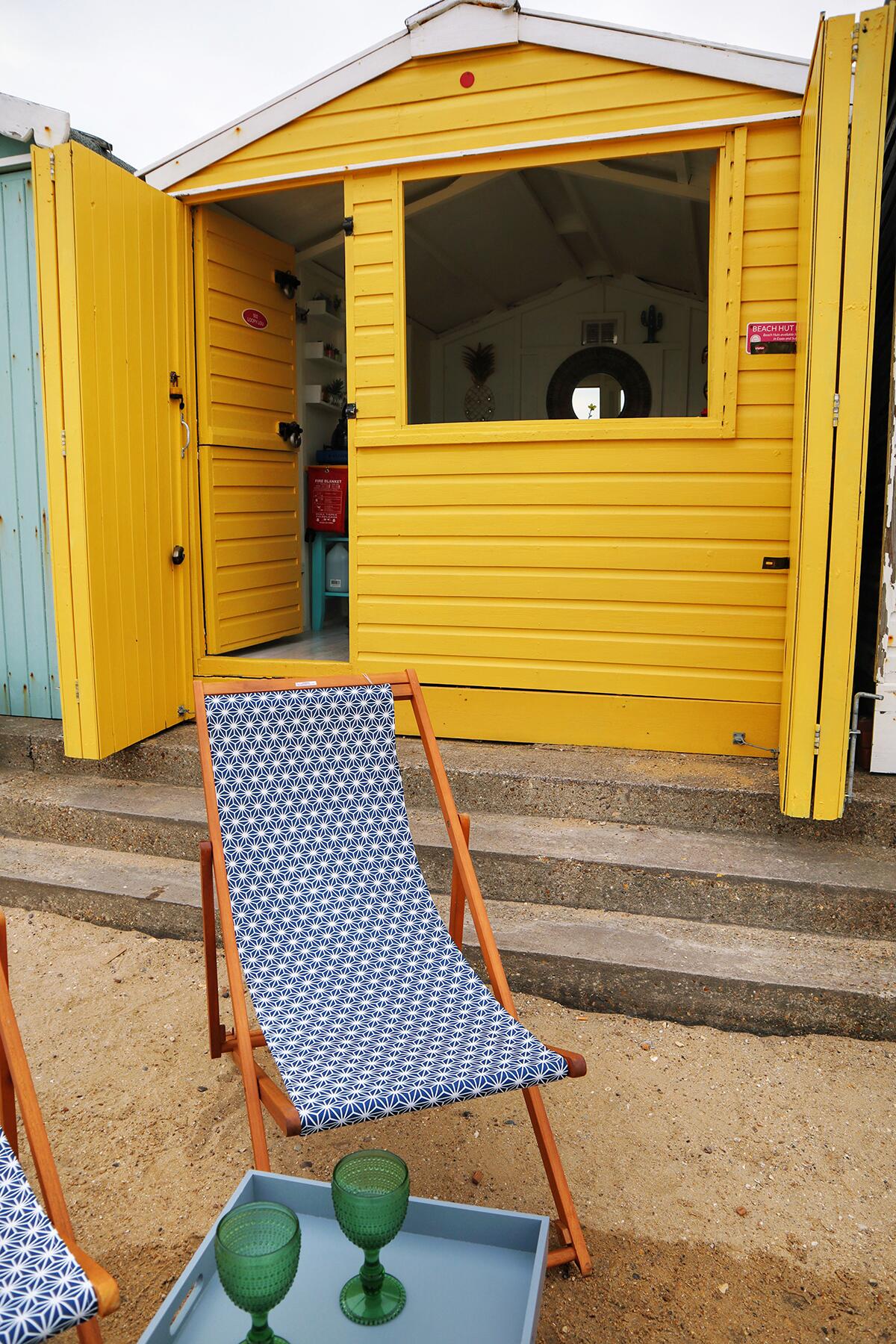As Brits spend more time and money on staycations, 2021 is shaping up to be the year of the beach hut.
The humble beach hut is a familiar sight along the UK’s beaches and boardwalks. Except it isn’t so humble these days. For the uninitiated, a beach hut is a small room-sized structure, usually made of wood and painted in bright or pastel colors. You’ll also spot the occasional renegade brown shed looking forlorn among its candy-colored brethren.
While most huts are numbered, some also have human names such as “Bertie,” “Isla,” and “Rosie.” And some owners opt for a seaside pun along the lines of “Life’s a Beach,” “Seas the Day,” and–may the Force be with them–“Jabba the Hut.”
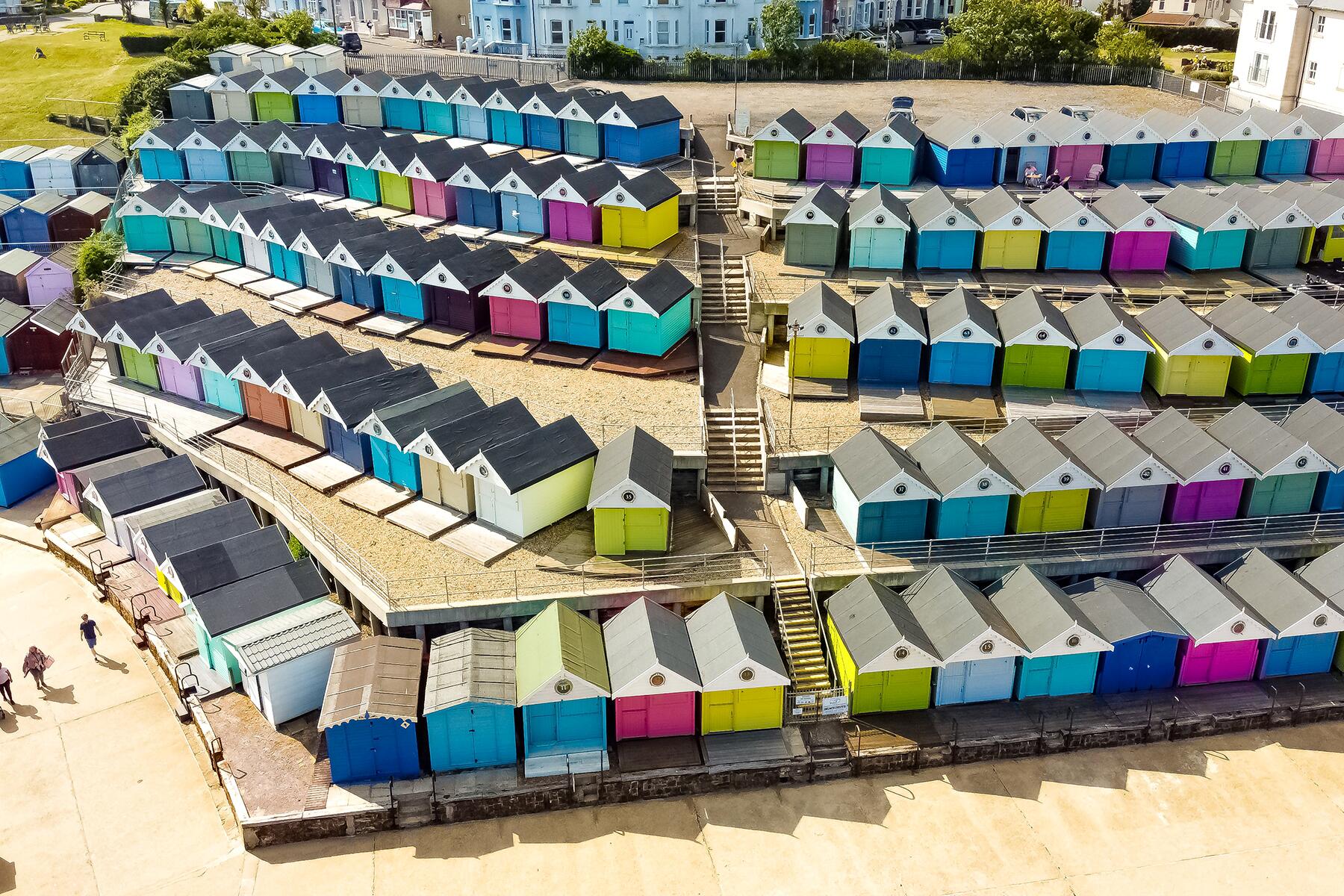
Although beach huts have always been a quintessential part of the British seaside experience, recently they’ve become an unlikely staycation status symbol. They’re old-school national treasures, but surprisingly trendy, much like Dame Judi Dench. Demand for them has continued to soar throughout the pandemic. Property website OnTheMarket reported a whopping 259% increase in page views of beach huts in a six-month period. The price of beach huts has risen by 41% in just one year. While the average price of a hut is £36,000 ($50,000), many exceed £50,000 ($69,500).
Recommended Fodor’s Video
This might seem like a baffling concept when you consider we’re talking about a 10×8-foot hut. About the same size as a prison cell, really. Oh, and did I mention that most lack bathroom facilities, electricity, and running water? Plus, you can’t usually stay in them overnight. One exception is Mudeford Sandbank, Dorset, where some of the larger huts cost more than £325,000. Yes, that’s higher than the average UK house price – and yes, you have to share a communal shower block. You also have to pay for ongoing maintenance, insurance, and site fees that vary depending on location.
Despite the costs, most owners wouldn’t trade their slice of beachside heaven for anything. To them, a beach hut is for life, not just a pandemic. But you don’t have to splash out on a hut to experience the lifestyle. Daycations are the new staycations, and you can rent huts all across the country for £25-£100 a day. At first glance, they might look like wooden sheds by the sea, but to the multitude of devoted beach hutters, they are so much more.
First of all, consider the retro-chic decor. Huts are often kitted out in vintage-style furnishings–think polka dots, floral patterns, gingham, nautical themes, and bunting. Imagine the Great British Baking Show transplanted to the seaside. But some huts stand out from the rest. Vicky Gunn, owner of hut rental company Millie’s Beach Huts in Walton-on-the-Naze, Essex, credits her huts’ interior and exterior designs as their major distinguishing features. She says, “You can look at a photo and know it’s a Millie’s hut as they very much have their own personality.”
Three of Vicky’s huts were featured in an episode of the BBC makeover show Interior Design Masters. She went on to sell the most popular one, a 1950s diner-style Harley, for the asking price of £48,000. It was only on the market for three days and sold for an incredible £37,500 more than she paid for it four years ago.
Then there’s the influence of, well… influencers. TV presenters, vloggers, and Instagrammers have been flocking to beach huts. In the first half of 2020, Vicky’s business was struggling due to prolonged lockdowns and cancellations. Last September, a single booking changed everything. Cleaning guru Sophie Hinchcliffe (“Mrs Hinch”) posted about her day at the Disney-themed hut “Minnie” to more than 4 million Instagram followers. Millie’s Beach Huts’ Instagram following went from under 3,000 followers to 10.5K followers in just 24 hours.
Thanks to a combination of staycations, media coverage, and Insta-fame, Vicky’s website traffic has tripled. Seventy-five percent of her bookings comprise new customers. Previously I might have assumed beach huts were the domain of elderly couples in deck chairs drinking endless cups of tea in blustery weather. But in the past year, I’ve learned that beach huts are prime Millennial territory. Vicky tells me the vast majority of her customers are females aged 30-39. Though I’m right about the tea: “The amount of teabags we go through is unbelievable!”
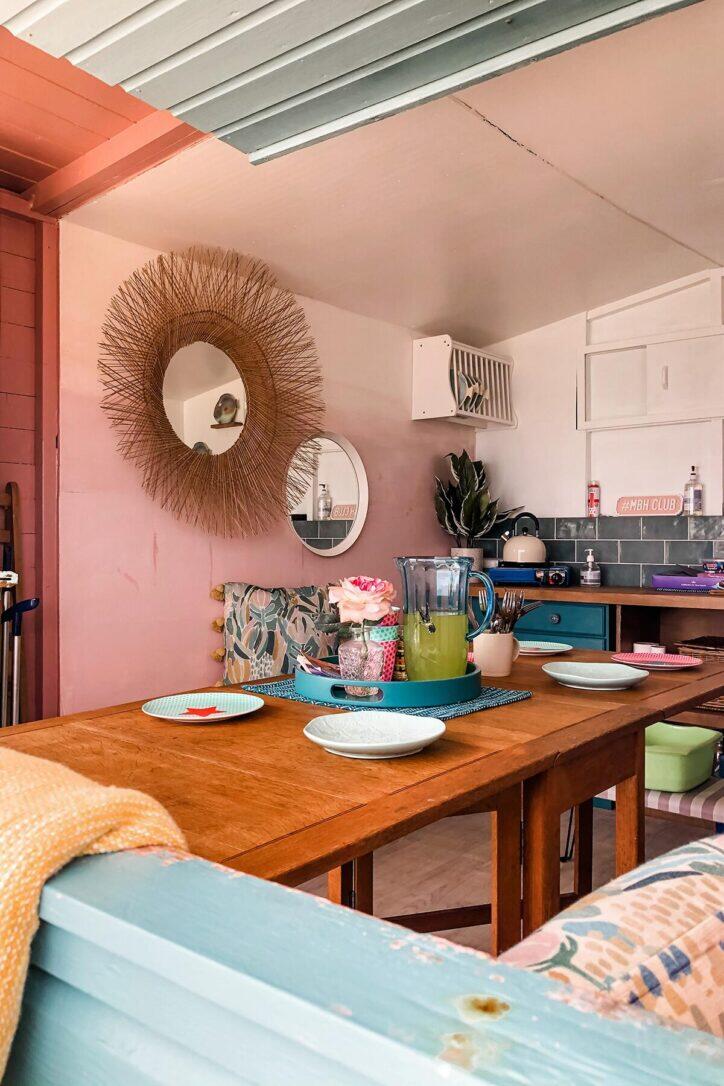
Within the TARDIS-like confines of a hut, you can expect every type of supply from kettles and cups to blankets and kids’ beach toys. Many beaches are dog-friendly, so huts are often stocked with water bowls for your non-tea-drinking besties.
People rent beach huts for all kinds of reasons: to celebrate special occasions, enjoy some much-needed R&R, write the next great British novel, propose, bond with their families, and sometimes even escape their families. The changeable weather makes the shelter of a hut all the more appealing. Especially when there’s tea.
It’s a good thing Brits are adept at queueing, as that also figures prominently in beach hut culture. In some areas, waiting lists of at least a decade are common for council-owned sites. Jo and Neil Turner, from Bournemouth, have owned their green beach hut for 14 years, but they were on a waiting list for 6-7 years. They rent the site from Bournemouth Council so they would lose money selling. “We can hand our site back and sell the hut to the new owners, but it would be for less than we paid originally,” Jo says.
Not that they have any plans to sell their “happy place.” Jo loves the convenience of having their belongings readily available, “tea and coffee on tap,” and a backdrop of beautiful scenery. She says, “Our hut has provided some very happy times for all of our family over the years and provides us with simplicity and tranquility in our busy lives.”
So, will the popularity of beach huts outlast the pandemic? Beach huts were a lifestyle long before the pandemic, so they’ll always be popular. It’s a question of whether new fans will lose interest after international travel opens up. Families often pass down beach huts through the generations, having bought them for as little as £1,000 in the 1990s or even less in previous decades. Despite the financial benefits of selling, many owners are reluctant to give up their treasured memories or the long-established friendships within the beach hut community.
While we might be reaching a peak in sales prices, hut rentals could continue as a staycation status symbol. It depends on the number of people who become repeat visitors. “The Instagram pace is just not going away,” says Vicky. “The keeping up with the Joneses and having a photo outside a beach hut during the summer… It’s amazing how that drives things.” So basically, as long as there’s social media (and tea), beach huts are here to stay.
